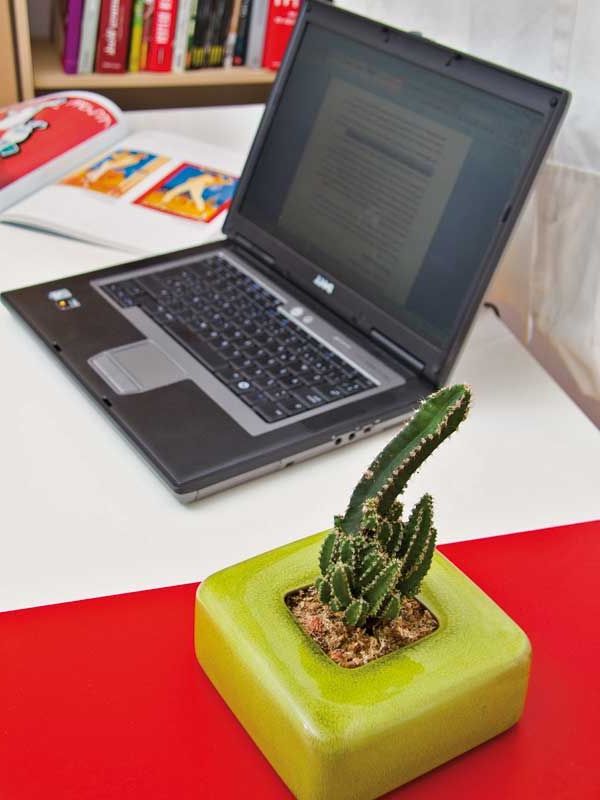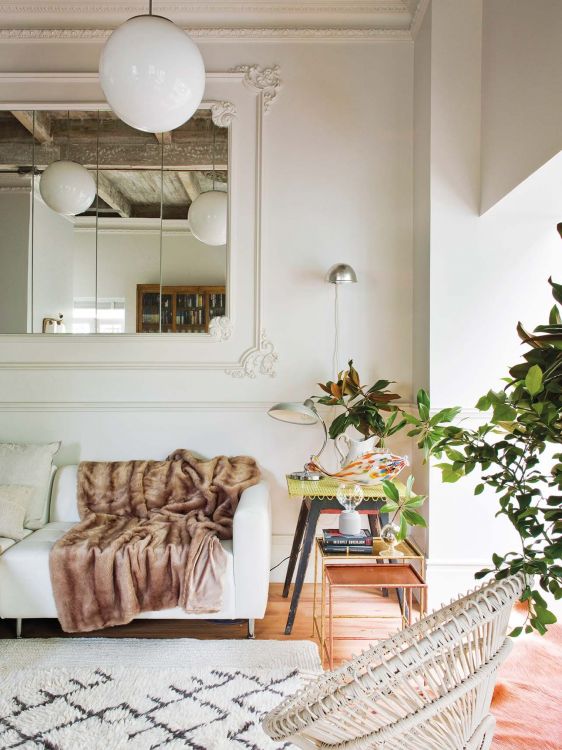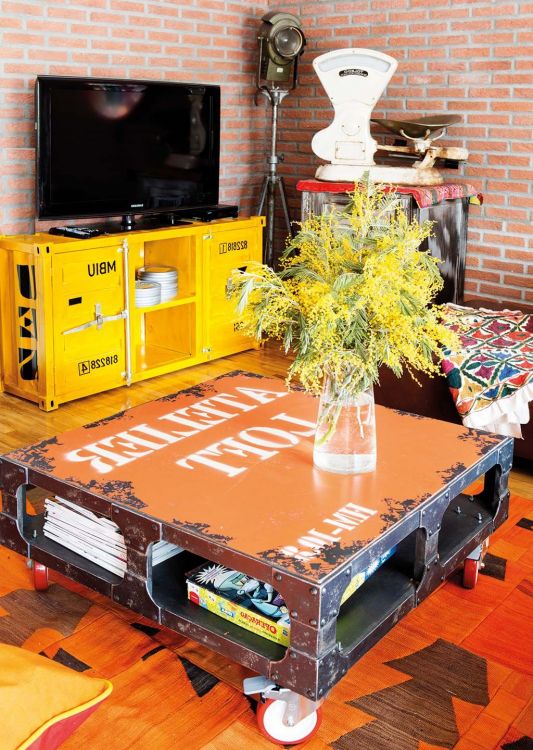They are the perfect plants to decorate the house or the terrace, since their care is minimal, they withstand high temperatures very well and, best of all, they require little watering.
Interior design has always chosen to decorate with cacti, they look luxurious on wallpapers, in the living room or bedrooms, or on vinyl for the kitchen or bathroom: can you imagine a wall full of cacti?
- How to choose a cactus?
- Types of cacti
- Cacti care
- Cactus flowers
- Mammillaria, your first cactus
- Rhipsalis cassutha, very decorative
- Chamaelobivia cactus, a beauty
- Echeveria, the most popular succulents
- Christmas cactus, with flowers
- Computer cacti
- The cactus of the American West
- Old man’s head, with white fluff
- Haworthia truncata, the zebra succulent
- Aloe vera
- Grafted cacti
- Poinsettia cacti
- Cactus to create a cleaner environment
How to choose a cactus?
When you go to buy a cactus you have to look at the base of the trunk to check that it is healthy, with good color, and without insects. Choose small specimens, as they reach maturity and therefore flowering earlier. In addition, its great variety of shapes allows you to make beautiful centers. Cacti belong to the family of succulents, along with succulent plants, but they should not be confused. Cacti are easily recognized by their aureoles, small mounds, usually with a fluff on top, from which the spikes come out. Once you have chosen the plant, we have excellent tips to dress a table for cactusmaniacs.
Succulent plants do not have spikes, except for some varieties of candelabra euphorbes, which have spikes coming directly from the plant body and not from a halo. They all have a great capacity to store water, which is why they withstand prolonged droughts and very intense heat. The spikes and wool that cover these species serve to protect them from the heat, since perspiration is limited, and from insects that could drink their water reserves.
Types of cacti
Cacti and succulents are native to America and Africa, and they have conquered us not only because of the beauty of their shapes and the ease with which they grow. And it is that these plants are true survivors and have an excellent ability to adapt to any type of climate.
The key to their high survival lies in the fact that they have transformed their leaves into thorns to reduce the evaporation surface, act as a screen against solar rays, capture dew water by condensation and protect themselves against herbivores. With round bodies or vertical thickenings, these fighters have earned a place of their own in our homes. Learn to decorate with cacti and enjoy the beauty of these peculiar plants not only with living species, cacti prints and decorations are an absolute trend.
There are 5 types of cacti: with thorns (such as the Ferocactus); spineless (like Lophophora diffusa); indoor cacti (such as Echeveria elegans); hanging cacti (such as Schlumbergera truncata); and with flowers (such as Astrophytum).
Cacti are in fashion. Whether they are real plants, pieces that evoke their shape or printed motifs, their decorative value is undeniable. Do you want to know how to get more out of them?
Cacti care
Put them in a pot that has good drainage and water once a week, since the environment will now be drier due to heating. Put them next to the window, in an area that is lit, but not directly in the sun.
- Light. They need a lot of light, so the ideal place is in front of the window. In summer they will be grateful if you take them out to the balcony or terrace.
- Irrigation. In winter it will be enough to water it every two months and during the summer when you see the dry substrate. It is important that there is good drainage, since excess moisture rots the plant. If you doubt if it needs water, do not water it.
- Pass. We will fertilize the cactus once a month from early spring through fall. To do this, use special fertilizers for this type of plant, dissolved in the irrigation water. They need a special type of land and it should have a large part of sand. You can buy it already prepared or mix 1/3 blond peat, 1/3 coarse sand and 1/3 ground charcoal. It is important that the substrate is well drained.
- Temperature. They withstand very high and very low temperatures, since they come from the desert where temperatures below zero are reached at night. With the cold, cacti need different attention than the rest of the year, since it is a plant of warm climates. Although they can withstand a temperature between 8º and 10º C, the combination of cold and excess water can be lethal for them. The best thing is that you put them inside the house, in a cool room, that is around 15º C and that you water them only when the soil is completely dry, removing the excess water that remains in the dish. With these cares they will be perfect for you to enjoy in spring.
Cactus flowers
They are very spectacular and many cacti are hybrids. The flowering time is in spring/summer, depending on the species. The flowers are spectacular but very short-lived, never lasting more than a week. Some varieties have flowers that last only one night. But, if they have had a very hot winter, they will not bloom. We tell you that flowering cacti and succulents are key to creating a mini indoor garden.
Although they do not need too much care, you have to be aware when you see that the roots come out too much. It will be an inescapable signal that the cactus needs to change the pot, every two or three years. To do this, take out the plant with gloves and check the roots well, to check that they are healthy. If there is a cochineal, carefully remove the soil, dip the roots in a specific insecticide and, finally, put them in the new substrate. Do not water until a day or two later, doing it little by little.
To avoid hurting yourself or pricking yourself when transplanting the cactus, fold a sheet of newspaper, as in the drawing, and take the plant with it. Put them near the window, in a place where they get direct sunlight and avoid taking them outside.
Mammillaria, your first cactus
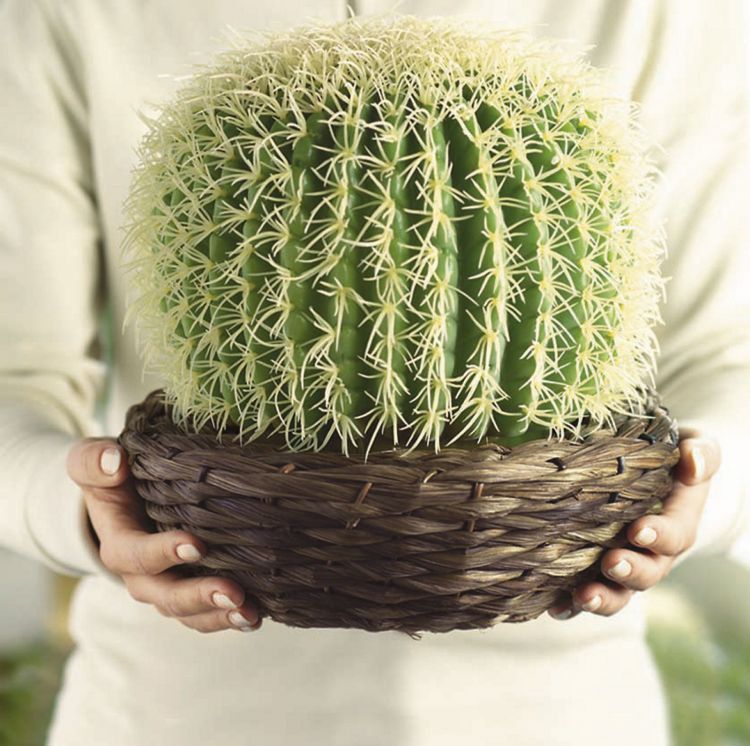
Rhipsalis cassutha, very decorative
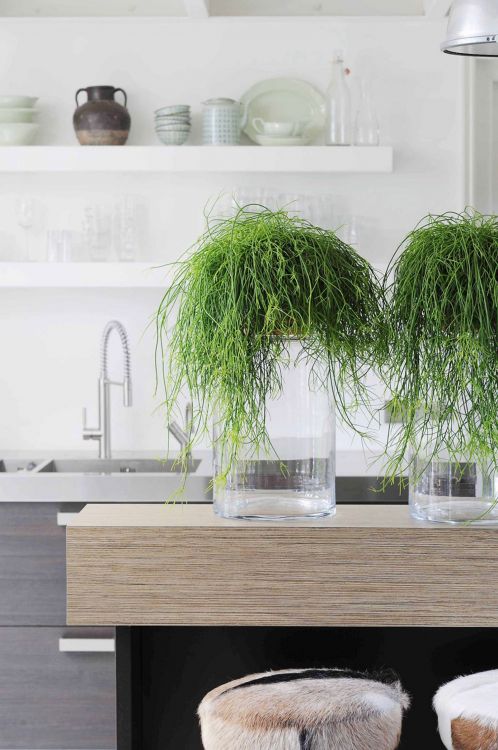
Chamaelobivia cactus, a beauty
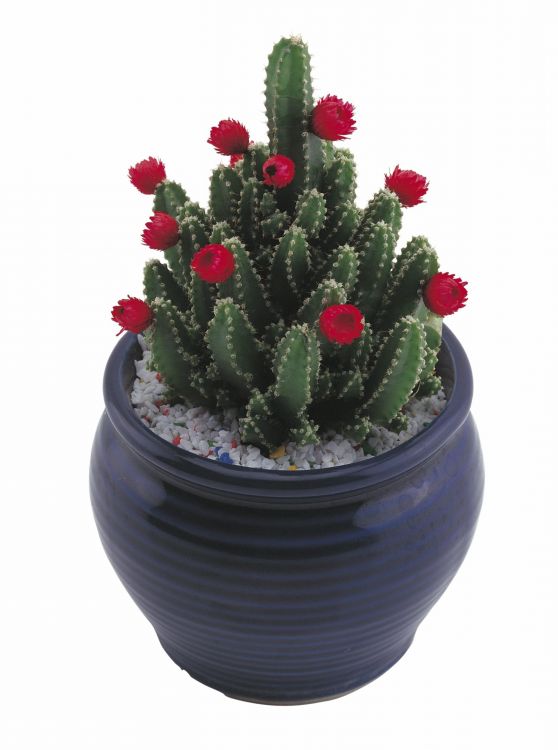
Echeveria, the most popular succulents
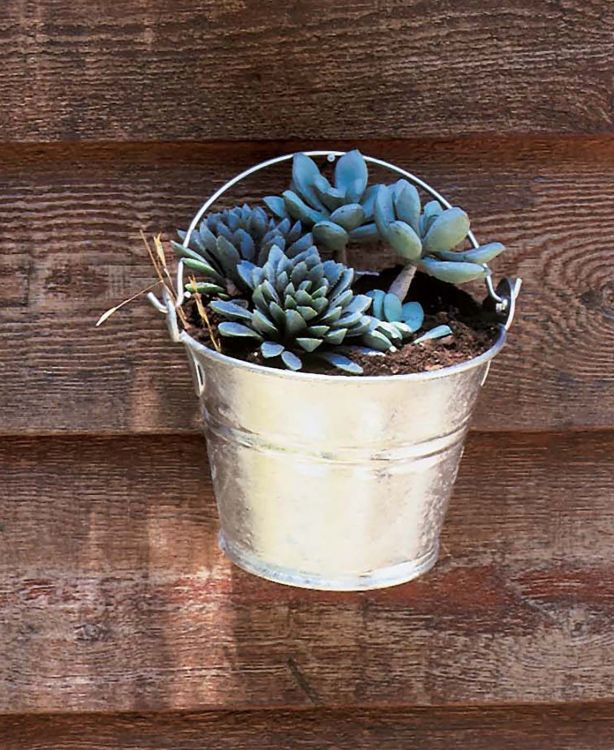
Christmas cactus, with flowers
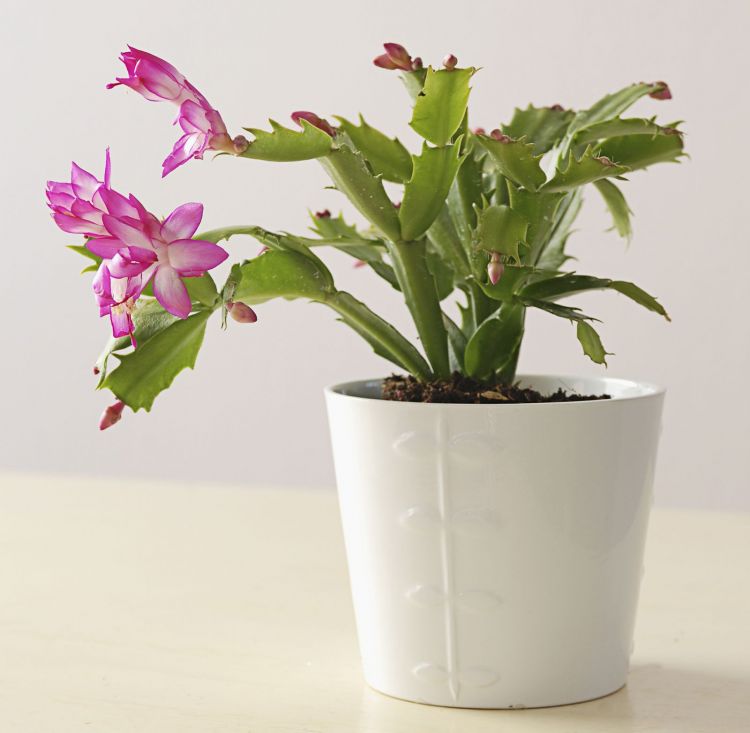
Computer cacti
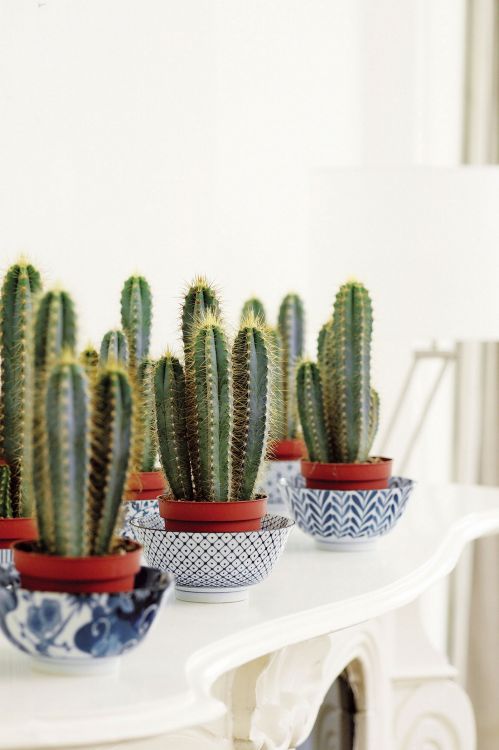
The cactus of the American West
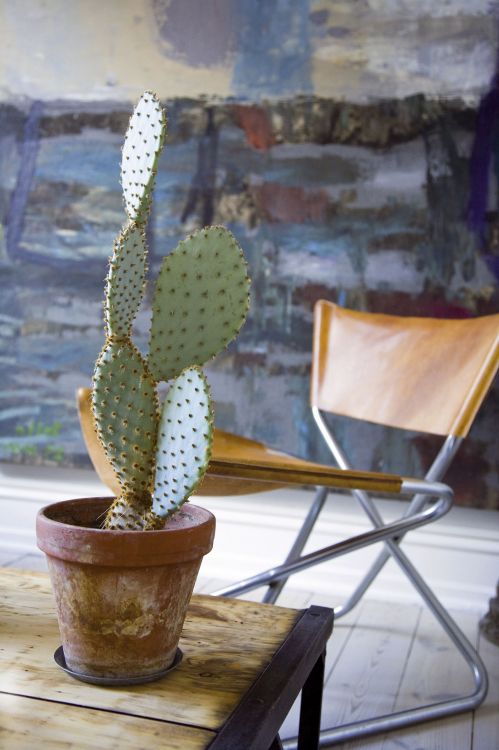
Old man’s head, with white fluff

Haworthia truncata, the zebra succulent
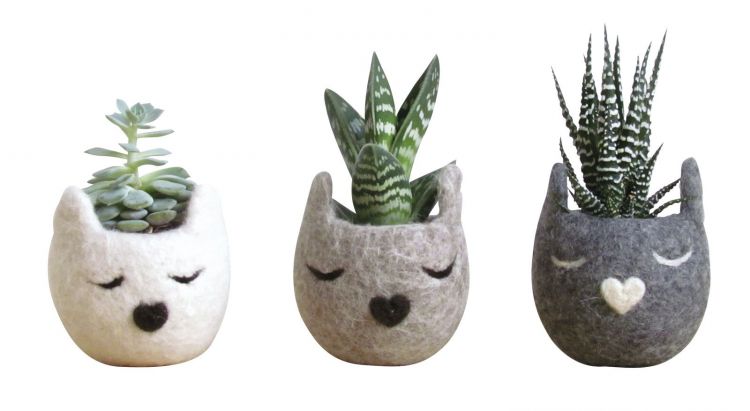
Aloe vera
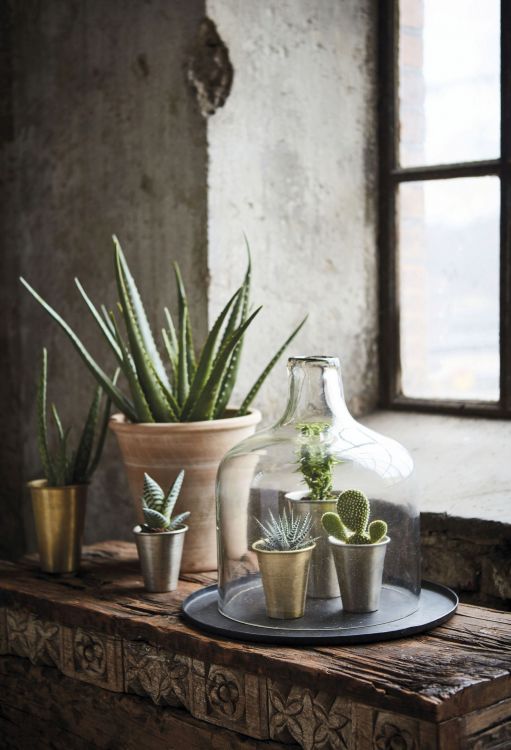
Grafted cacti
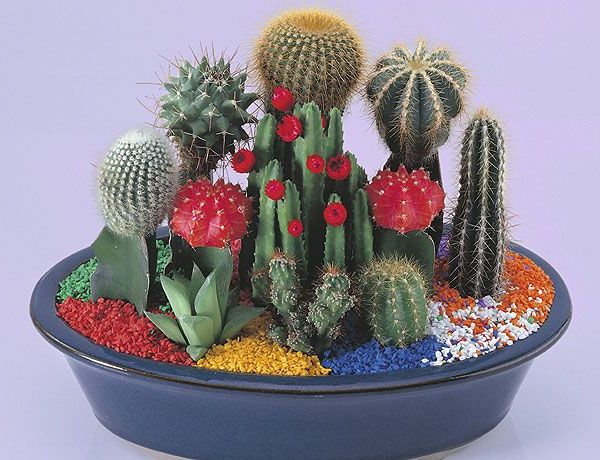
Poinsettia cacti
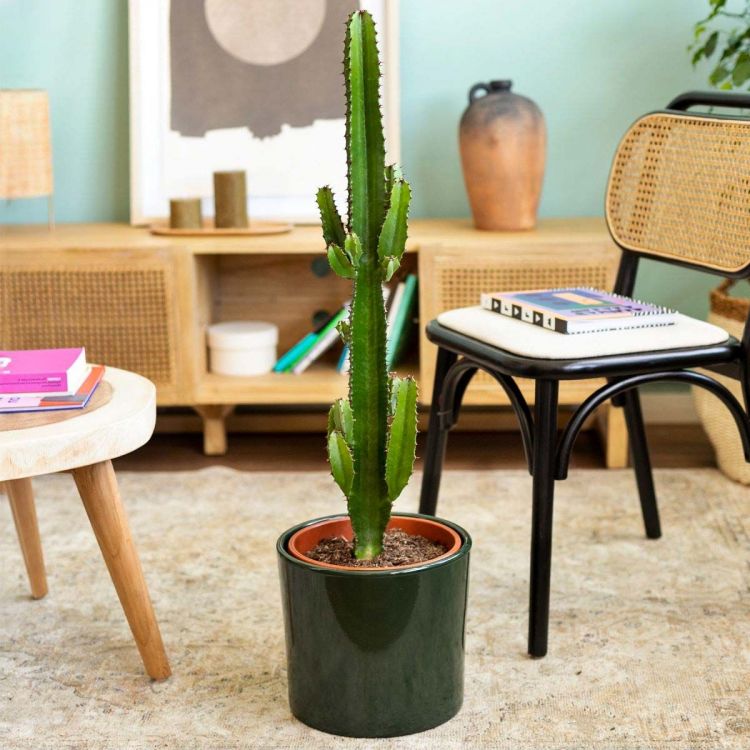
Cactus to create a cleaner environment
